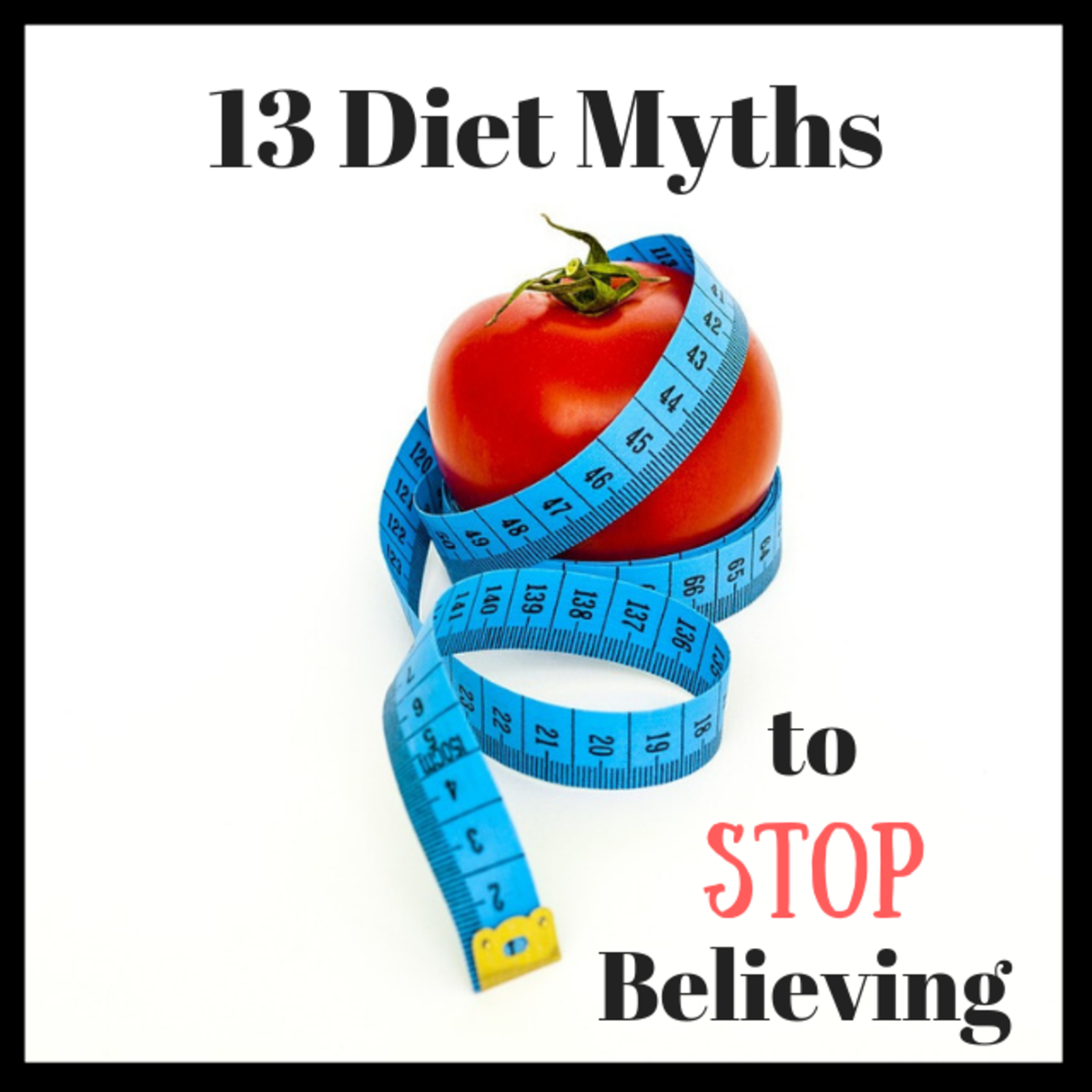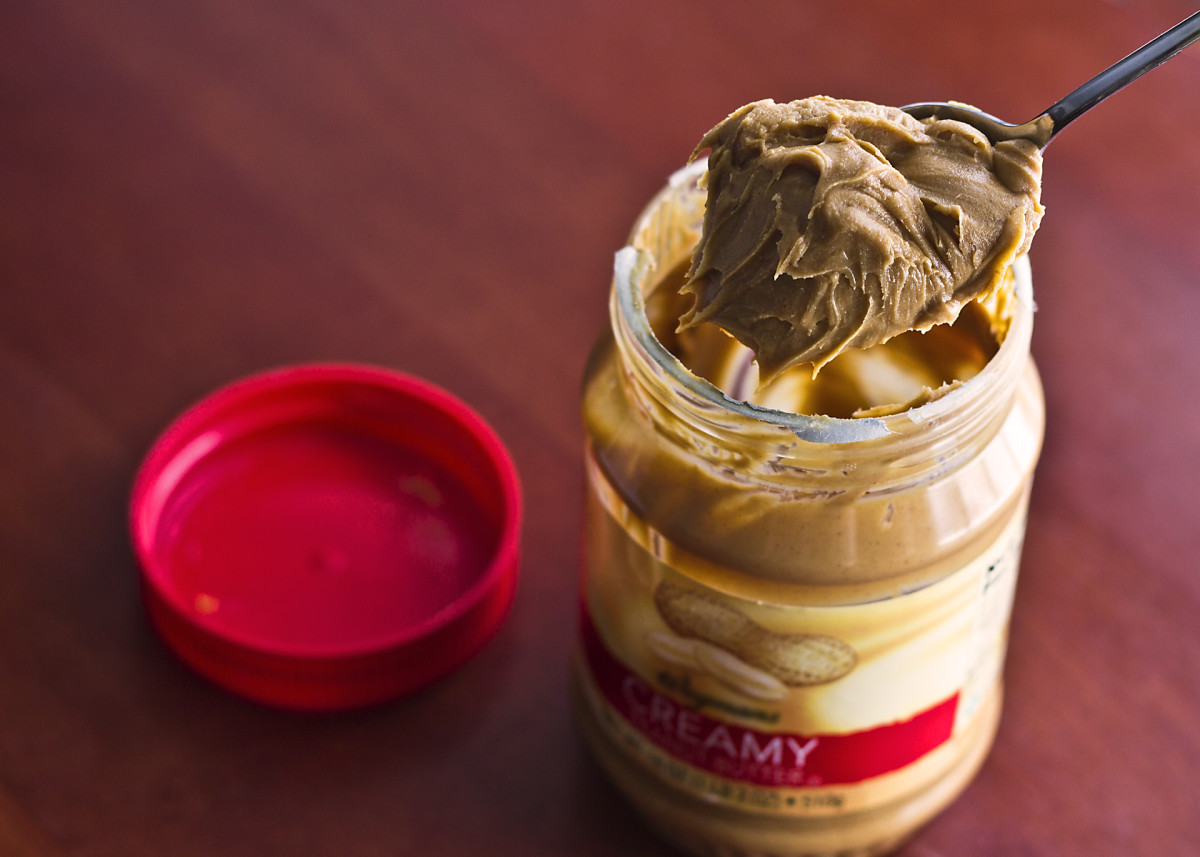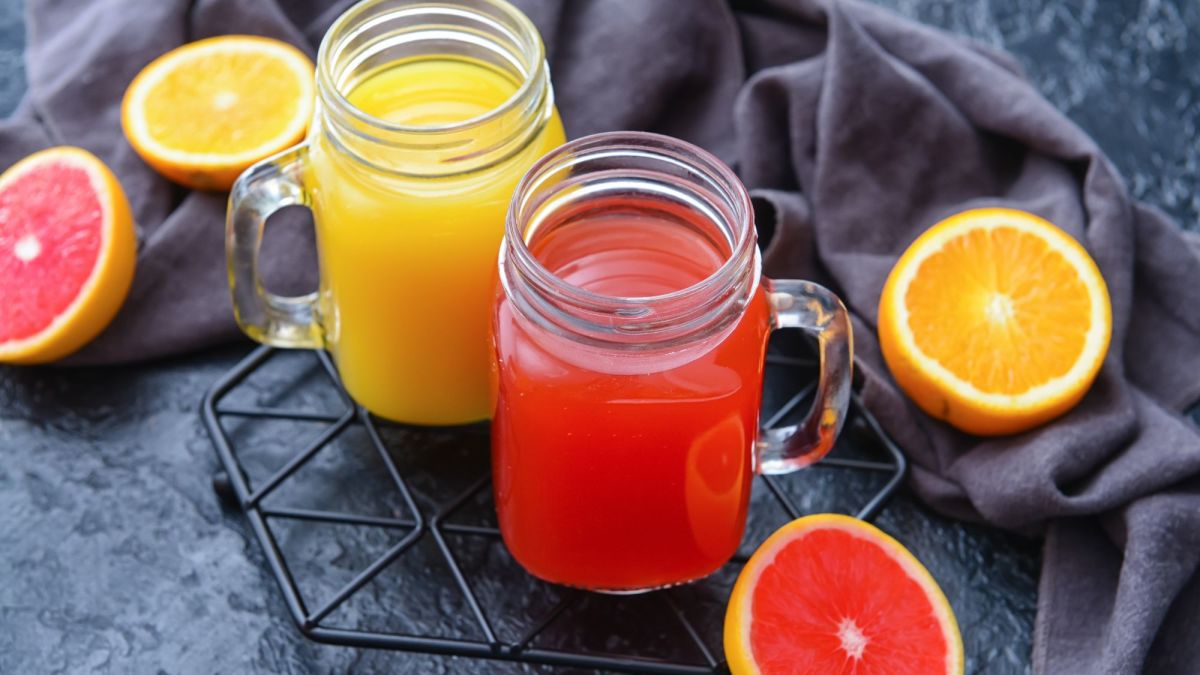How to Crank Up Your Body Heat for Weight Loss

Have you ever eaten a meal and felt warm afterward? If so, the foods you have eaten have increased your core temperature as they break down.
Some of the foods you eat are thermogenic, meaning they increase the amount of heat your body generates as it digests them, resulting in an increase in your core temperature and metabolism. Although the sensation of inner warmth usually goes away in a short time, this metabolic boost can last for 3 to 6 hours.
Thermogenesis is a result of literally burning calories in order to digest food. The more energy it takes to digest a food, the higher the level of thermogenesis. Overall, the increase in metabolism from thermogenesis is about 10% according to the Mayo Clinic.
What foods produce the highest thermogenesis?
Protein consumes the most calories to digest. Nearly 30% of the calories from lean meat are used up in the breakdown of protein into amino acids, then further digestion and absorption. This is true whether you are eating a lean hamburger or drinking a shake with protein powder.
Remember however, that protein is often accompanied by fat, so lean is best. Fat has the lowest thermogenic effect of all of the macronutrients. Only about 3% of the calories from fat are used up in the process of digestion and absorption. The expression so popular in the low fat craze of the 1990’s is somewhat true. “If you eat fat, you gain fat.” While fat is difficult to break down, your body follows the path of least resistance. If you don’t need the energy, your body does not even have to break down fat in order to shuttle it into fat cells. A small amount of fat does have a place in a healthy diet, so don’t eschew fat completely.
A little more than twice the thermogenesis is produced from eating carbohydrate than fat. Around 7% of the energy from carbohydrates is consumed during digestion. But remember, the only reason to eat carbohydrates is to get energy. Complex carbohydrates (whole grains, beans, fresh vegetables) produce slightly higher thermogenesis than refined carbohydrates and sugars because they take longer and more energy to break down their complex chains.
How much thermogenesis you produce is also affected by your eating pattern. Eating 5-6 small meals a day will increase the thermogenic effect by as much as 10% as compared to 1-2 large meals in a day.
Has this ever happened to you?
view quiz statisticsSome Specific Thermogenic Foods
Finally there are certain foods and ingredients that specifically produce heat or take more energy to digest.
- Hot Chile Peppers and spicy mustard have heat all their own which generates an increase in your core temperature and boosts your metabolism. The main ingredient in peppers is capsaicin, also a powerful antioxidant. Frequently consuming spicy foods offers a consistent thermogenic effect. So use chilies and salsa freely!
- Black pepper contains a compound called piperine which increases thermogenesis by stimulating the nervous system.
- Turmeric is the yellow spice often found in mustards, Eastern Indian and Asian cuisine. A study at Tufts University showed that curcumin, the active ingredient in Turmeric, slowed the growth of fat cells and was protective against obesity.
- Other herbs and spices which may boost metabolism and help regulate blood sugar levels are cinnamon, ginger, cardamom, basil and garlic.
- Apple cider vinegar, through its main ingredient, acetic acid, may facilitate digestion, increase satisfaction after a meal and suppress accumulation of body fat.
- Grapefruit is high in a soluble fiber called pectin which helps curb your appetite. A study at the Nutrition Research Center showed greater fat loss with groups consuming both grapefruit and grapefruit juice than the control group.
- Celery is the quintessential diet food. There are conflicting opinions about the validity of whether celery takes more calories to chew, digest and absorb than it provides. However, it is low in calories, high in fiber and very healthy. Whether it actually is thermogenic is disputed.
- Cabbage and other cruciferous vegetable like broccoli are also low in calories, high in fiber, and packed with many other health benefits. These fibrous vegetables contain long chains of complex carbohydrate and take both energy and time to digest.
- Coconut oil, unlike most fats, contains medium chain fatty acids which slow down the process of fat deposits through increased thermogenesis according to a review by Dr. Koji Nagoa in the Journal of Pharmacological Research, March 2010. Medium chain fatty acids are absorbed and transferred to the liver, where they are burned. The thermogenic effect of MCFAs is long-lasting, so it keeps your metabolism up and your energy high.
Often we think we have to spend a lot of money on diet foods or programs or take some drastic measure to lose weight. But it is the small things that cumulatively make a big difference. If you boost your metabolism just a little by increasing your core temperature, take a walk or do a few minutes of exercise before breakfast, drink more water or a few cups of thermogenic green tea throughout the day, watch your portions, and eat healthful, clean foods it will add up to big results.
I recently read an article in which the writer stressed that good health is not all or nothing. A person typically makes about 200 eating decisions over the course of the week. You don't have to be perfect with every choice, but if you get it right most days, you will lose weight over time. I often cite the 80/20 rule, which is: If you eat healthfully 80% of the time, then the other 20% comes out in the wash. When trying to lose weight, we need to move this over a little bit closer to the 90% side.
Even though thermogenesis is a small effect, eating foods that increase your core temperature and boost your metabolism will increase your feeling of satisfaction at meals, reduce your hunger between meals, help you eat less, and support your hard won effort at weight loss. It is one step on the way to ensuring your weight loss success.
So crank up the heat to burn off some fat.








